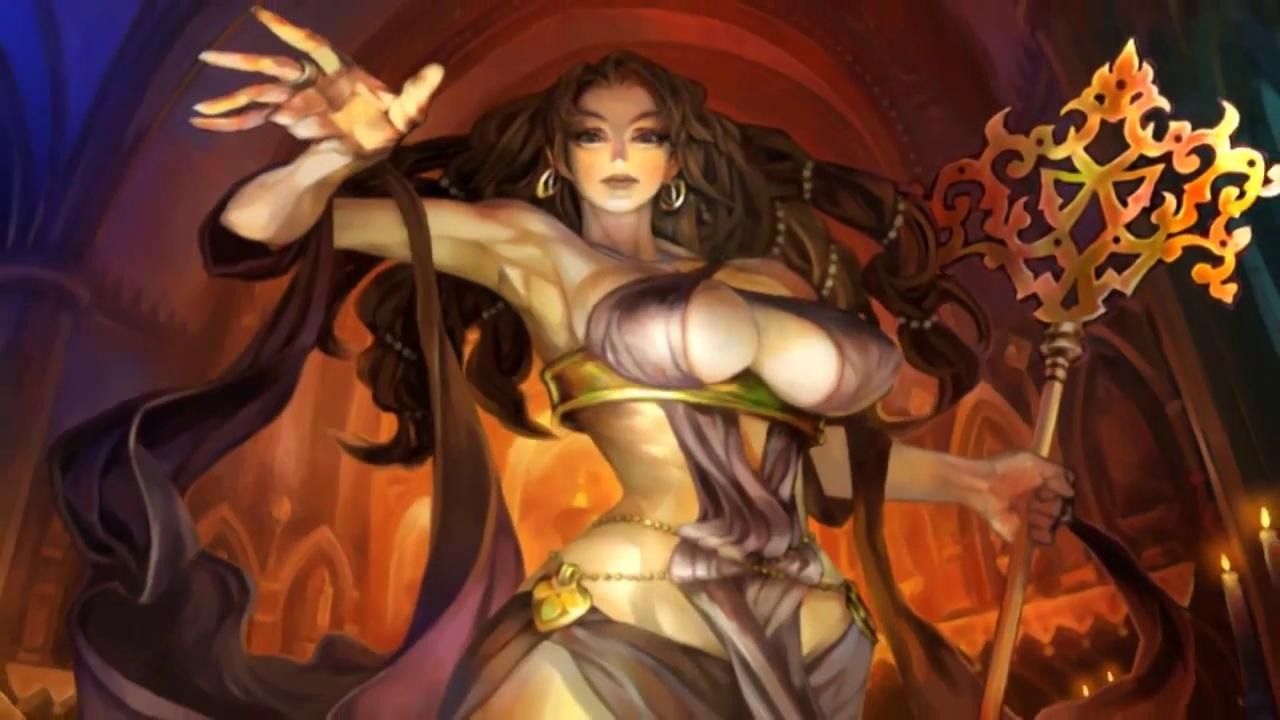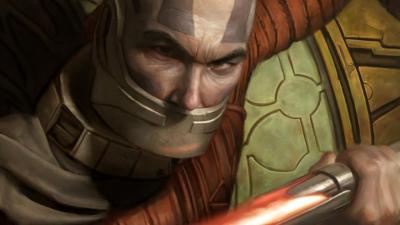Usually, when big industry names tweet about a new game development, leak screen shots, or even tell us what they had for lunch, word gets around pretty quickly. Twitter has become Facebook Lite for the media, allowing fast-paced release of all the awesome stuff we love. So when writer, director, and comic book legend Joss Whedon and LucasArts veteran and game designer Tim Schafer tweet about controversial figure Anita Sarkeesian’s latest installment of her Tropes vs. Women series, people are bound to take notice.
I think you should, too. Go ahead, I’ll wait.
WARNING: NSFW
Sarkeesian, who works under the name Feminist Frequency, is creating an “on-going series of video commentaries that explore gender representations, myths, and messages in popular culture media” according to her YouTube channel. That channel has been around for five years and hosts over 40 videos on topics ranging from advertising, celebrity news, and, more recently, videogames.
Her latest video focuses on “Women as Background Decoration.”
Sarkeesian argues that we, as players, see a “subset of largely insignificant non-playable female characters whose sexuality or victimhood is exploited as a way to infuse edgy, gritty, or racy flavoring into game worlds. These sexually objectified female bodies are designed to function as environmental texture while titillating presumed straight male players.” It’s a succinct and thought-provoking way to explain the phenomenon of sexual objectification of women that we, as players, seem to gloss over as “okay,” simply because we’re so used to it.
We’ve all played a good percentage of the games highlighted in this video and many of them are very good indeed - if not all of them. But seeing nearly 30 minutes of game clips highlighting the overt sexualization, abuse - both physical and mental - and murder of women is, to put it mildly, a bit of a punch in the gut. In Red Dead Redemption we want to save the prostitute who is being assaulted out in front of the saloon by a filthy cowboy because we feel it’s the right thing to do, but when she’s killed in the story later on anyway, despite our good intentions, we feel a sense of rage and happily shoot the man cold dead. But when Sarkeesian points out that the woman is punched, kicked, and shot for no other reason than to illustrate that the man who did it to her is the bad guy, that gives us a moment of pause.
Does that mean a character is evil because he abuses a woman, or is he simply an evil man who happens to include beating women as part of his repertoire? If this same character kidnaps a man, and beats him, and then shoots him, is he equally as evil if his victim wasn’t sexualized in the same way that his female victim just was? Perhaps the larger questions that Sarkeesian is posing is two fold: 1.) Why does the industry continue to place women in these victimized roles, and 2.) Why are we, as the industry’s consumers, okay with that? Are we simply used to it? Maybe.
Here are some of the statistics she outlines: 1 out of every 5 women in the US will be raped in their lifetimes. 1 in four will be sexually assaulted. Sarkeesian continues, “When games casually use sexualized violence as a ham-fisted form of character development for the bad guys, it reinforces a popular misconception about gender violence by framing it as something abnormal, as a cruelty only committed by the most transparently evil strangers. In reality, however, violence against women, and sexual violence in particular, is a common, every day occurrence, often perpetrated by “normal” men known and trusted by those targeted.”
So, because the portrayal of a random act of violence by a stranger against a victimized woman (more often than not, a prostitute) is not reflective of real life, then we should still feel justified in hunting down the perpetrator and killing him, right? Well, no. The industry, as evidenced from the numerous clips above (and that’s definitely not all of them out there), is not only in the habit of marginalizing and abusing women as character types, they are, perhaps inadvertently or not, trivializing a real-world experience that women in the world have already had, will have in the future, or simply fear they might have.
I felt a little overwhelmed after my initial viewing; I’d seen most of these clips before and played most of those games myself, but getting the slideshow view of dozens of the same scenarios being acted out over and over again, with Sarkeesian concisely explaining what it’s doing and why she feels that it’s not okay gave me a new view on the larger problem that she is attempting to address with her videos, made me think of them in a new light. I had never though, during any of my playthroughs, about what these images were actually doing. Even as a woman, sure, I may not like that there are prostitutes everywhere, but like many I might shrug and say to myself, “Well, they exist, right? Now, in the old west, in Renaissance Italy — everywhere. So, I guess that’s that.” Did I not see the victimization because it’s so prevalent or because I never considered it as a real world problem, even though it is?
Whether you’re a feminist or not, Sarkeesian places this problem on the table and says, “Look. This is what we’re doing. This isn’t right. Why aren’t we more upset about it?”
And it isn’t right. The games industry has grown from what used to be a past-time enjoyed by kids in their bedrooms into a multi-billion dollar industry that now generates more revenue per year than Hollywood. What was once a nice hobby has become arguably the leading entertainment industry on the planet, and so it has a responsibility to grow up. If it wants to continue to grow - and the rise of Nintendo’s Wii and the mobile gaming sector has shown that there’s a huge market out there who want to play games - then publishers, developers and the gaming community all need to wake up and address the fact that gaming is no longer a male hobby.
The same can be said about race, religion and sexual preferences — why aren’t we more upset about this kind of blatant marginalization, sexualization, and mistreatment? Not just of women, but of people in general? Just because no one is being mentally or physically abusive to you, right now, this second, doesn’t mean that someone else, right now, this second, isn’t being abused or suffering from discrimination. We may just be “playing a videogame” but is that putting us into a fantasy state of mind where we think the images, words, and actions are okay to do? It seems like it might be, and it’s definitely worth a continuing dialogue about it - if only to force the industry to finally accept that if it wants to appeal to a wider audience, it needs to stop pandering to such a narrow one and start acting more responsibly.
Refreshingly, the mood in the video is not one of trail-blazing, male-flag-burning feminism - despite the accusations that are regularly leveled at Sarkeesian. She addresses an issue, brings it to the front, explains it from her perspective, and asks us to think about it. It’s unfortunate then that such a professional and respectable approach can be met with equally as much hate as it can be met with support, as evidenced by the activity on her Twitter account - not to mention the recent furore surrounding the abuse leveled at Depression Quest‘s developer Zoe Quinn and anyone who dared defend her. Discrimination in gaming is an issue, and you don’t have to be a feminist or “Social Justice Warrior” to see it, believe in it, or to fight against it.
If big names, big male names like Whedon and Schafer, can positively get behind such a well-articulated point of view, perhaps the industry should seriously start looking at its reasons for believing it needs to portray “Women as Background Decoration” to illustrate a minor plot or character point. Perhaps we, as consumers, need to take an additional step toward reducing and eliminating this kind of violence toward women (or any non-white, non-straight male) by speaking with our wallets, rather than shrugging it off and buying the latest blockbuster because “it’s only a videogame.”



